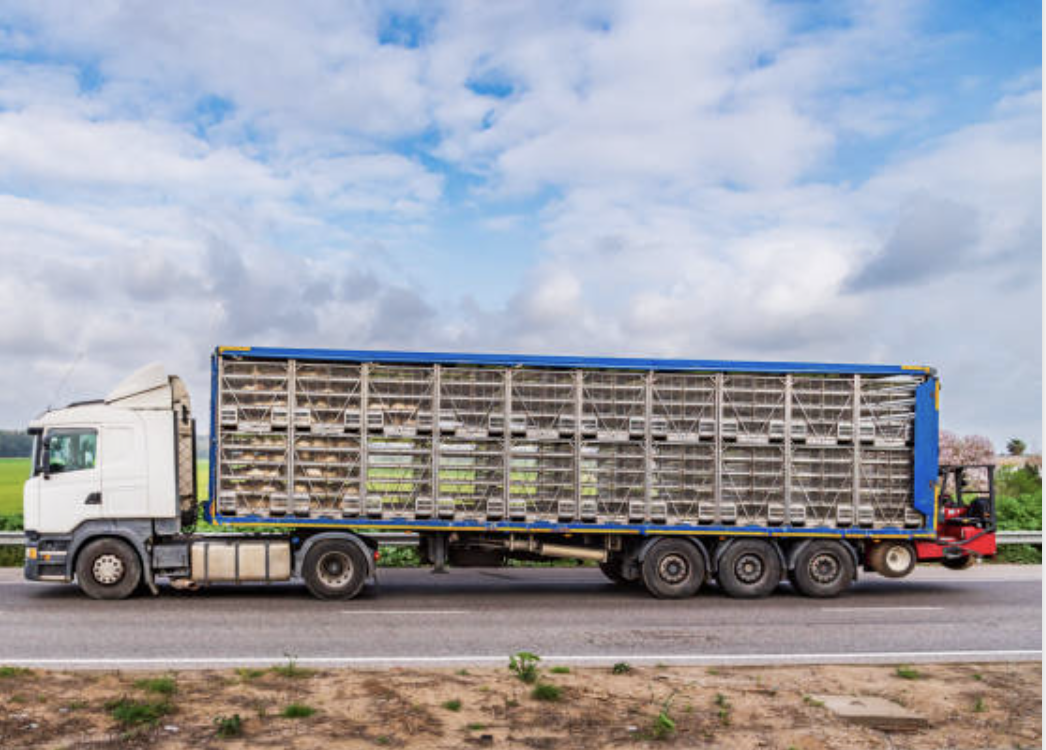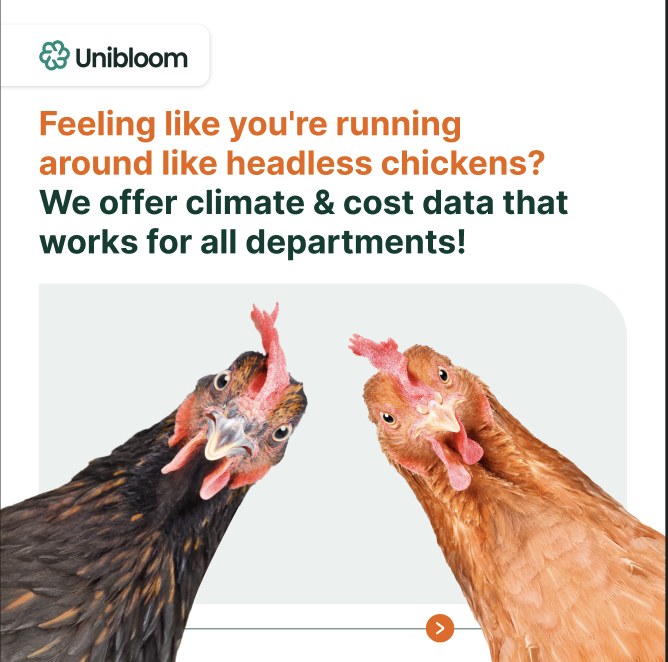Cut data chaos: Drive climate action towards SBTi with transport suppliers, cost-effective and collaborative

Transportation may seem straightforward, but its impact on an organisation’s carbon footprint can be significant. Every shipment of raw materials, every delivery to customers, and even employee commutes contribute to your company’s greenhouse gas emissions. For sustainability managers and supply chain leaders, addressing transportation emissions across complex networks can quickly feel overwhelming.
The emission factors might be in one spreadsheet, cost in another and all the routes in a third. It can easily add up to 1000s of lines without knowing how to efficiently make the shifts to reduce the fuel use, which also helps reduce cost and shift to more low-carbon intensive transportation in an optimal and CAPEX smart way.
Transport emissions are divided into two categories, Scope 1 and Scope 3. Scope 1 emissions are those from company-owned vehicles used to move goods or transport employees. While relatively easy to track, Scope 1 typically forms only a small portion of the total. The majority of transport emissions are part of Scope 3, which includes both upstream and downstream activities. Upstream transportation emissions arise from the delivery of goods and materials from suppliers to your facilities. Downstream emissions occur as finished products are distributed from warehouses or factories to retailers, distributors, or end customers.
Globally, the transport sector is responsible for about one-fifth of total greenhouse gas emissions. Road transport stands out as the largest contributor, with trucks alone accounting for 29.4% of freight emissions. Air freight often attracts the most attention, but it represents just 10.6% of international shipping emissions. In contrast, rail is responsible for only about 1% and is only a minor contributor to global emissions.
For many organisations, it’s easy to get bogged down by the complexity of collecting and analysing transport data, primarily when sourcing occurs globally. Tracking emissions from dozens or hundreds of suppliers across different regions can seem impossible. Lengthy supplier surveys often return incomplete information, and companies may need to wait for months to get the answers they need. Many teams are also stuck in the reporting stage as they wait for the perfect data to become available and are unable to take meaningful action on emission reduction. In reality, what matters most is starting with what you have, using the best available information to make better choices, and not waiting for perfect data that may never arrive.
Adding to the complexity are growing regulatory pressures, particularly from the European Union. The transport sector has lagged in reducing emissions, prompting the EU to tighten requirements through the Emissions Trading System (EU ETS). These rules currently apply to sea freight and aviation, and will extend to road transport in 2027.
Shipping operators must now report 100% of emissions for any voyage between two EU ports, and 50% for trips where the starting point or destination is outside the EU. The phased implementation began with a 40% reporting threshold in 2024, increasing to full reporting by 2027. Non-compliance brings significant risks for businesses operating in or with the EU.
This is where Unibloom steps in.
Instead of focusing on tracking every detail of your current emissions, Unibloom empowers you to explore smarter, lower-emission alternatives for your transportation needs in our scenario module. Our platform helps you build a realistic emissions baseline that can capture your current transport methods and amount of emissions, as well as the cost related to the transportation of raw materials and final products.
It includes different transport types like Air, Sea, Road, Rail, and Inland waterways. After building the baseline, you can model transport scenarios that test alternatives, such as changing a product’s sourcing location. For example, sourcing for the consumption of a material in Sweden from Germany instead of Brazil could cut transport-related emissions by about 86%, while sourcing from Ukraine reduces them by around 76%.
Even when using the same transport mode, distance and location matter greatly. Beyond sourcing, scenarios also allow you to compare strategies like shifting from air to sea freight or optimising delivery routes, helping you see the real-world impact on both emissions and costs.
With our transport baseline and scenario module, which has integrated transport data from ie ecoinvent & cost databases, you can now easily unlock insights on how transport impacts your emissions and finances, and how you can reduce emissions in a cost-effective manner towards future regulations & Science Based Targets commitments (SBTi).
With Unibloom, you don’t need perfect information to start making a difference. We provide the “digital twin” data, to get started to plan out the future. Our approach helps you focus on what’s actionable: narrowing down the most important questions for your suppliers and primarily collaborating with them in real time, getting quick and relevant responses, and avoiding the frustration of long, unfocused surveys. Our team can even help you design targeted, collaborative supplier engagement insights, that move your sustainability goals forward if needed.
Many companies have the ambition to reduce transport emissions but are stuck in the reporting stage, waiting for complete data while being unable to act.
In truth, you can begin planning emissions reductions by building on a robust secondary baseline, refining your approach as more data becomes available, thus gaining momentum much faster than waiting to collect every possible detail. Unibloom turns complexity into clarity, helping your organisation move forward confidently toward lower emissions and optimised transport costs.
Learn more from our customers, who engage operations and build out an optimal action plan.
What do we need to help you get started?
Your transport data - distance, locations and type of vehicle - we help you with the rest - calculations, scenario modelling of optimal switches and comparing priorities of where to start and what to do later. We also help you link to your climate transition plan to show the effect on both cost and climate.
Send it to anna.sandgren@unibloom.world and we set you up for a trial and for future success.
https://unibloom.world



